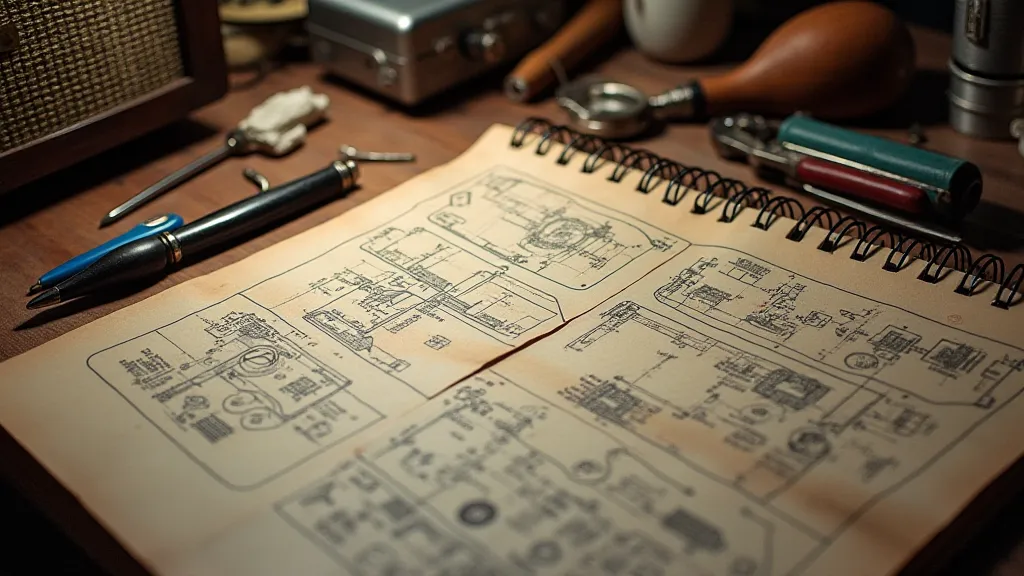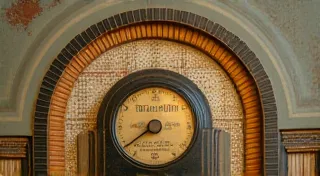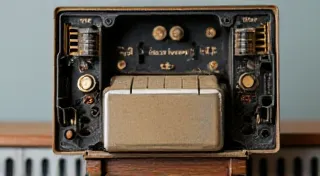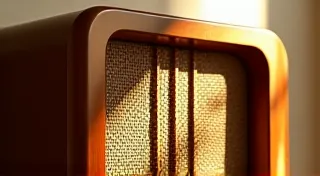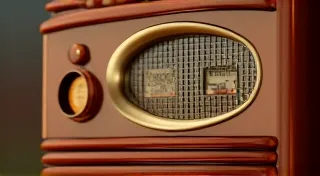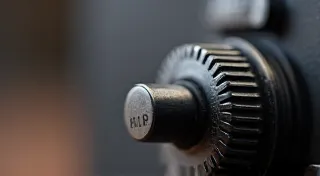Advanced Radio Restoration Techniques for Enthusiasts
So, you've successfully tackled basic radio restoration – replacing capacitors, cleaning contacts, and bringing those tubes to life. You’re now eager to delve deeper and push your skills to the next level? This article explores advanced restoration techniques for experienced radio enthusiasts, moving beyond routine maintenance to tackle complex issues and achieve museum-quality results. We’ll cover chassis refinishing, detailed component tracing, and complex circuit repairs – skills vital for truly preserving these vintage electronics.
Chassis Refinishing: Beyond Cleaning
While a thorough cleaning is essential, true chassis refinishing involves addressing corrosion, rust, and original finish degradation. This isn't simply wiping away dust; it's about understanding the original finish and restoring it authentically.
Understanding the Original Finish: Early radios often used unique finishes like lacquer, phenolic, or even baked enamel. Identifying the original finish is crucial. Researching the radio’s manufacture date and model can often provide clues. A careful examination, including solvent testing in inconspicuous areas, is often necessary.
Rust Removal: Significant rust requires more than just polishing. Electrolysis, chemical rust removers (always used with proper ventilation and safety gear), and careful media blasting (followed by meticulous cleanup) are common approaches. Protecting surrounding components during these processes is critical – masking and careful application are key.
Repainting/Refinishing: Matching the original color and sheen is paramount. Using a compatible paint type is essential to avoid future issues like cracking or delamination. Professional-grade automotive paints are often a good choice, but thorough research is required. Applying thin, even coats and proper drying times are vital for a flawless finish.
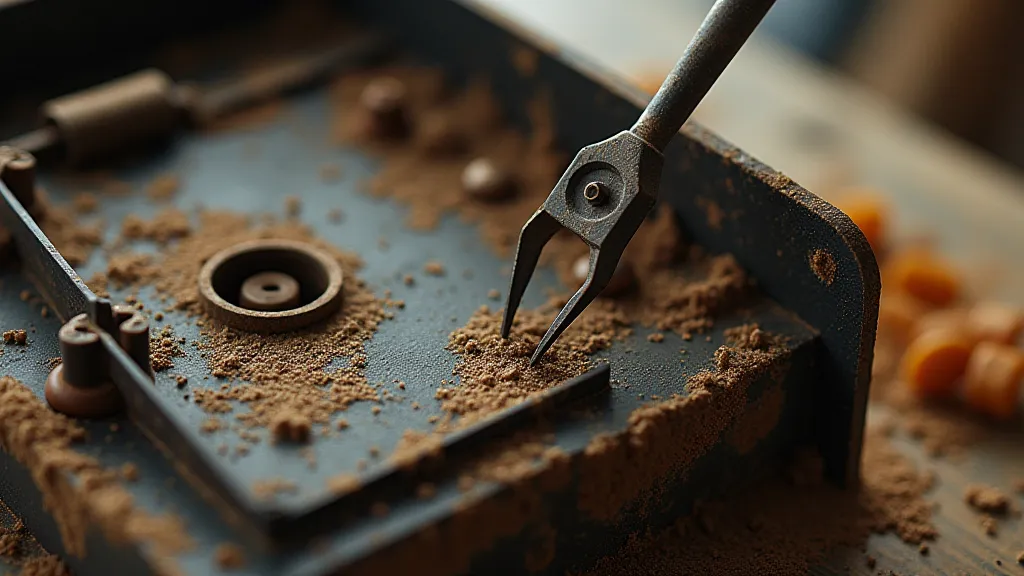
Detailed Component Tracing and Identification
Troubleshooting advanced radio problems often requires more than just voltage readings. Component tracing and identification become critical.
Schematic Mastery: A solid understanding of the radio’s schematic is absolutely essential. You need to visualize the signal flow and understand the function of each component.
Signal Tracing: Using a signal tracer is invaluable. It allows you to visually follow the signal path and pinpoint where the signal is lost or distorted. Understanding how to interpret the tracer’s readings is vital.
Component Identification (Beyond Value): It’s not enough to just know the value of a resistor or capacitor. You need to understand its type (e.g., carbon composition, electrolytic, ceramic) and its impact on the circuit's behavior. Different component types have different characteristics that can significantly affect performance.
Identifying Obsolete Components: Vintage radios often use components that are no longer readily available. Being able to identify these components and understand their function is vital for sourcing replacements or finding suitable substitutes.
Complex Circuit Repairs & Modifications
Advanced repairs often involve dealing with intricate circuit problems and potentially modifying the circuit for improved reliability or performance.
Transformer Winding Repair/Rewinding: Damaged transformer windings are a common issue. While rewinding a transformer is a specialized skill, it's often more cost-effective than replacing the entire unit. Accurate winding data is essential.
Interstage Coupling Capacitor Replacement: These capacitors are often hidden and can be difficult to access. Careful disassembly and reassembly are required. Using capacitors with similar characteristics is vital to avoid affecting the radio’s performance.
Speaker Reconing: Replacing the speaker cone is a delicate process that requires specialized tools and techniques. Matching the original cone material and construction is crucial for maintaining the radio’s tonal balance.
Circuit Modifications (With Caution): While modifications can sometimes improve reliability or performance, they should be approached with extreme caution. Thorough research and understanding of the circuit are essential. Documenting any modifications is crucial for future reference.
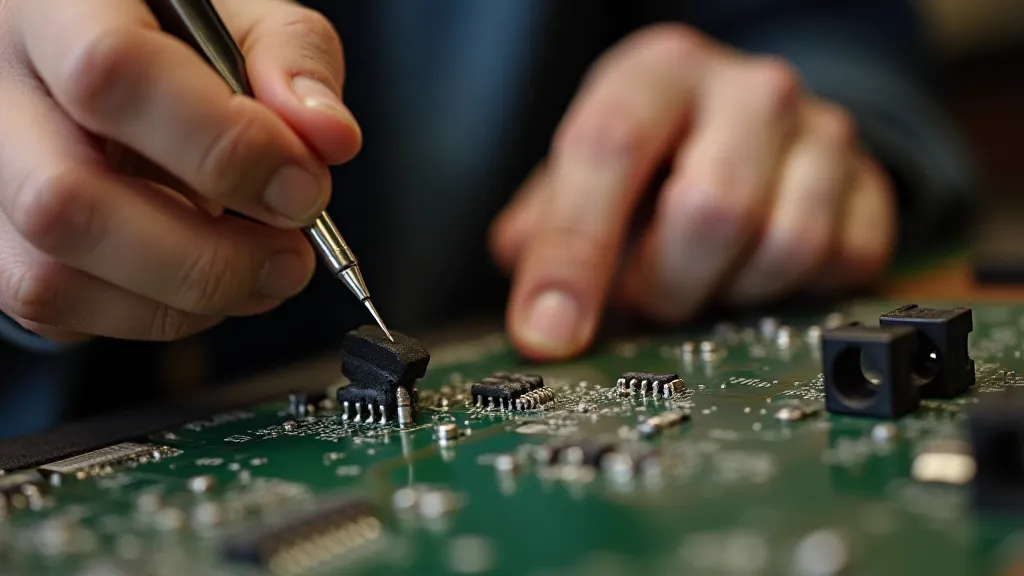
Safety and Documentation
Throughout these advanced techniques, safety remains paramount. Always disconnect the radio from power before working on it. Wear appropriate safety gear, including eye protection and gloves. Properly ventilate your workspace when using chemicals.
Finally, meticulous documentation is absolutely critical. Keep detailed records of all repairs and modifications. Take photographs before, during, and after each step. This documentation will be invaluable for future reference and for anyone who may work on the radio after you.
